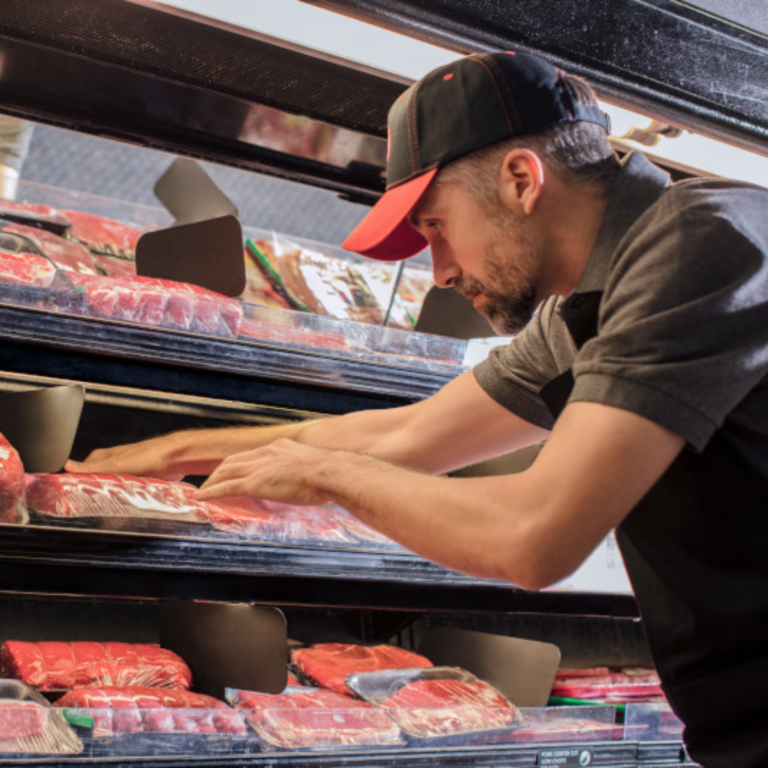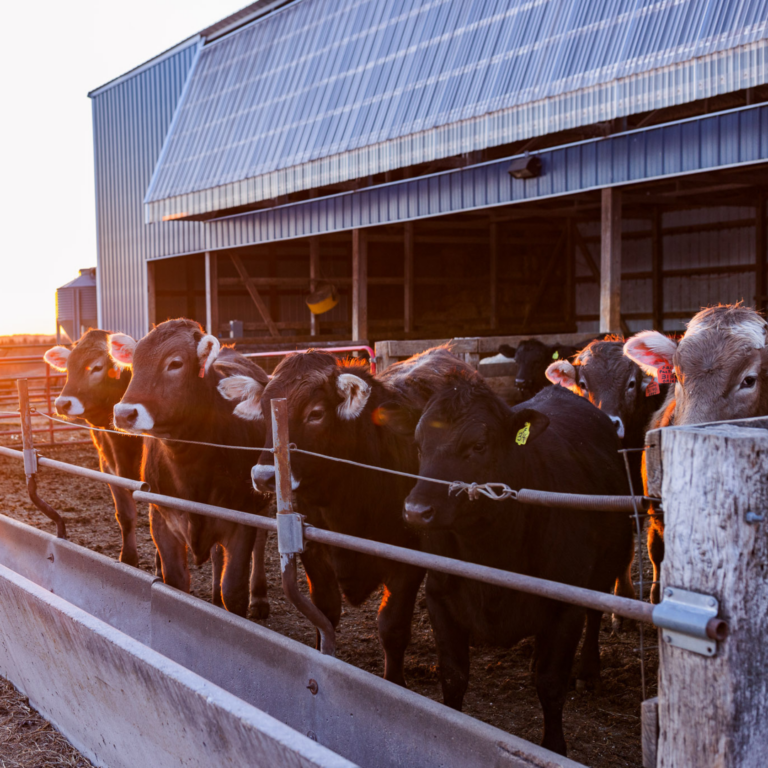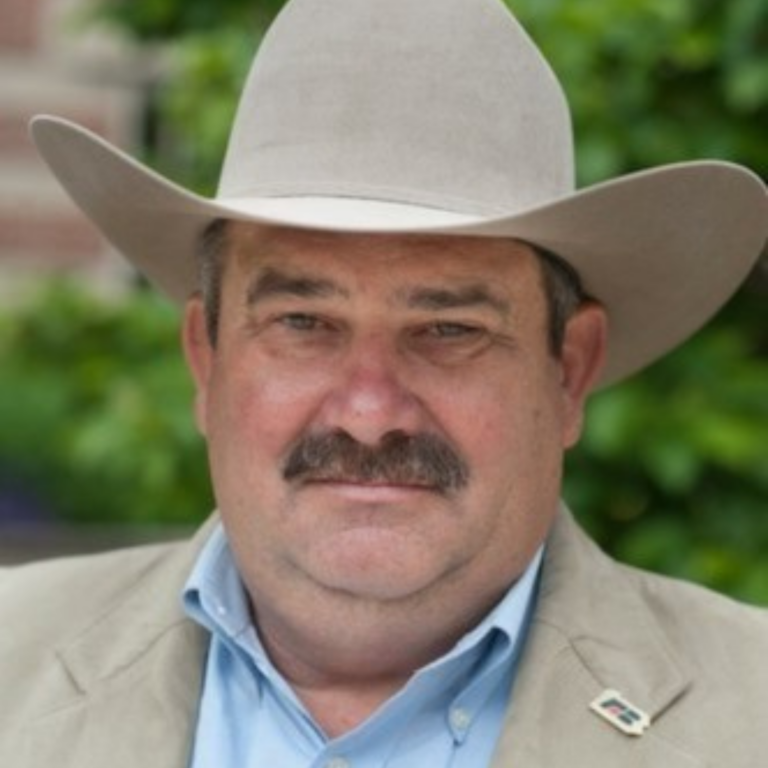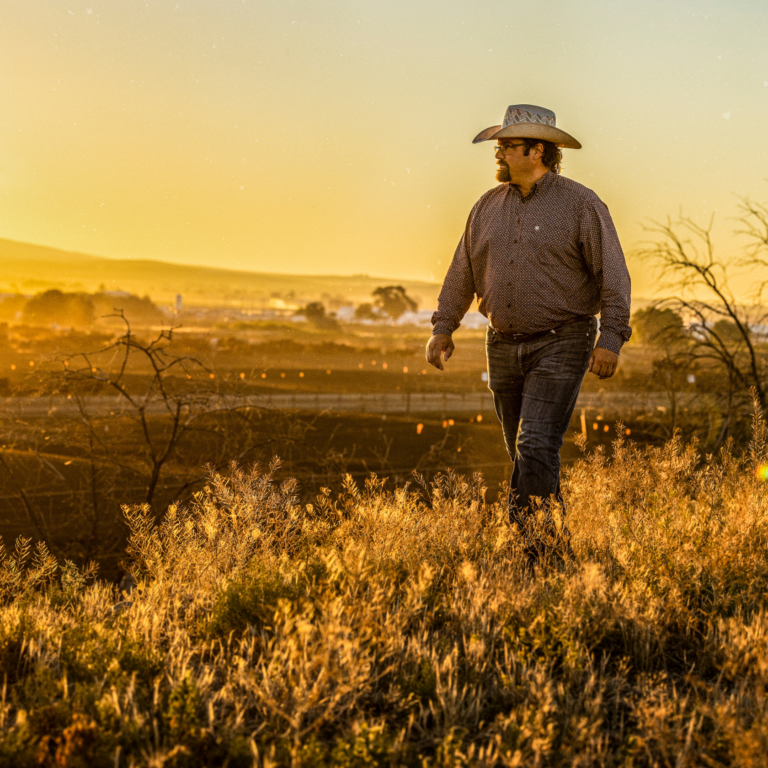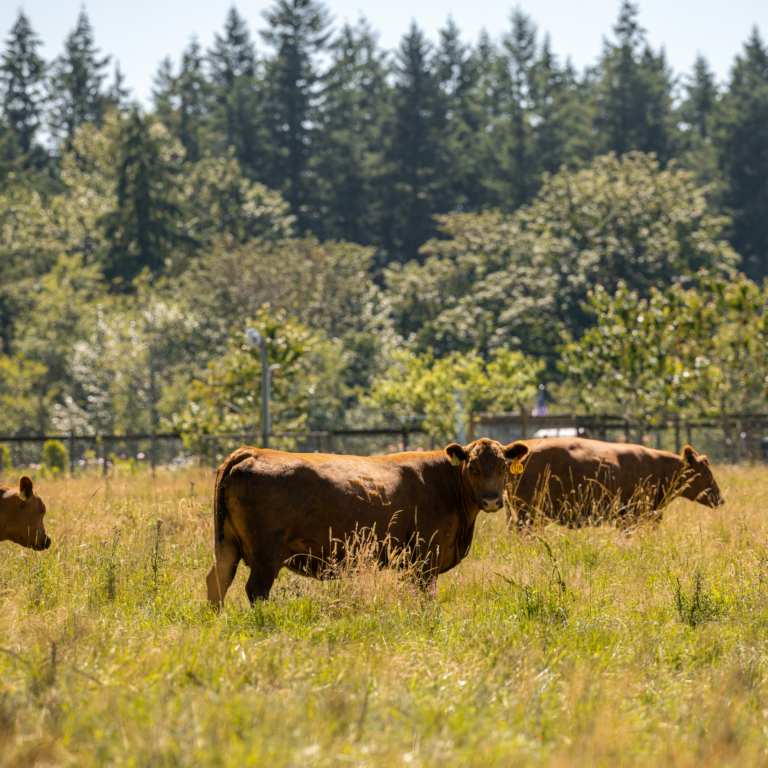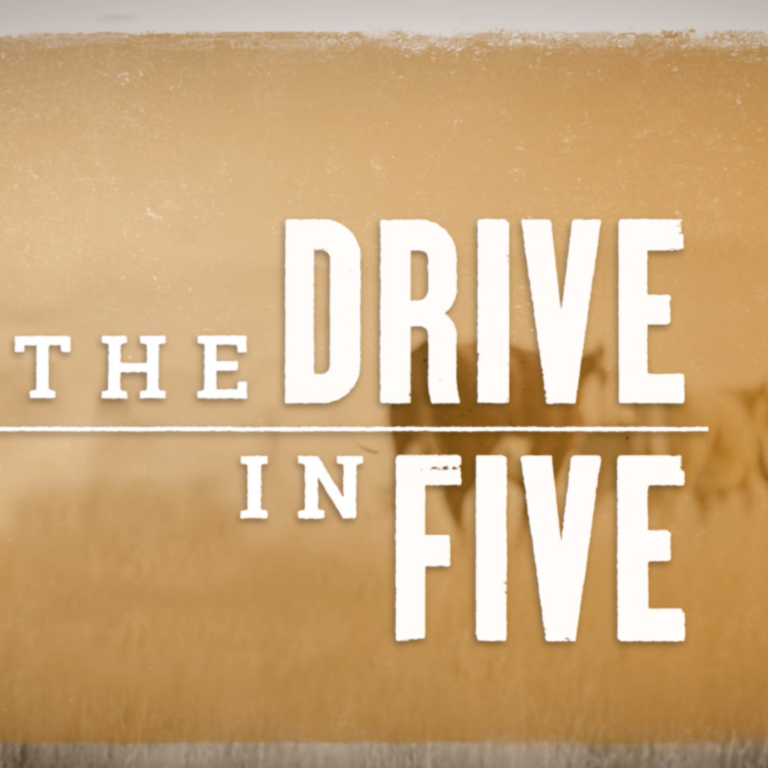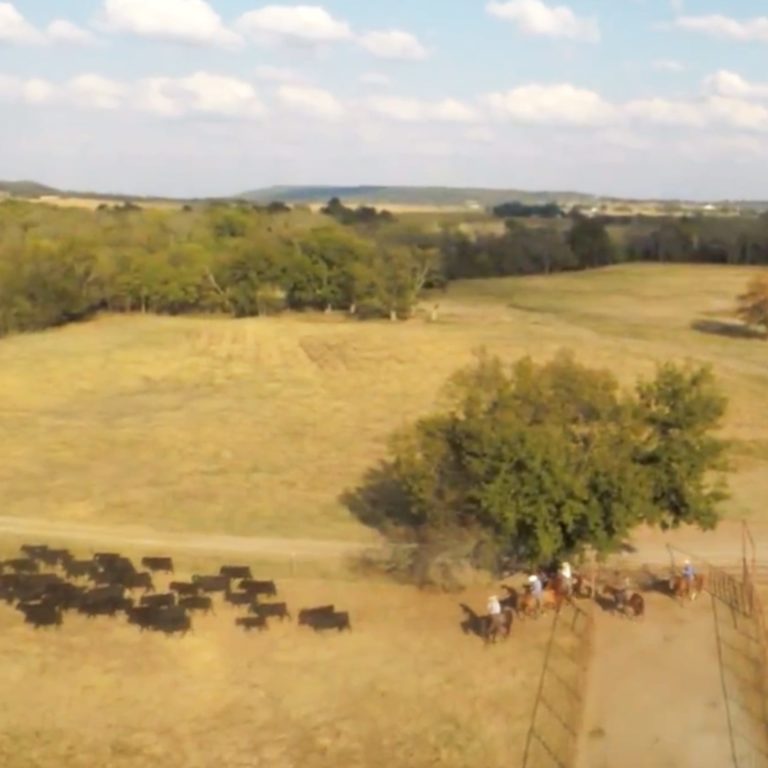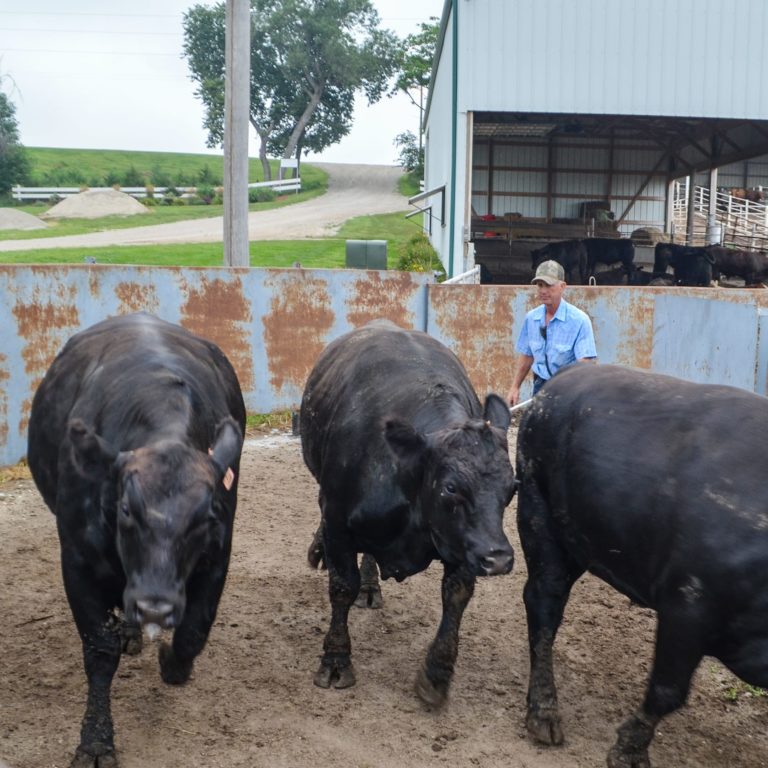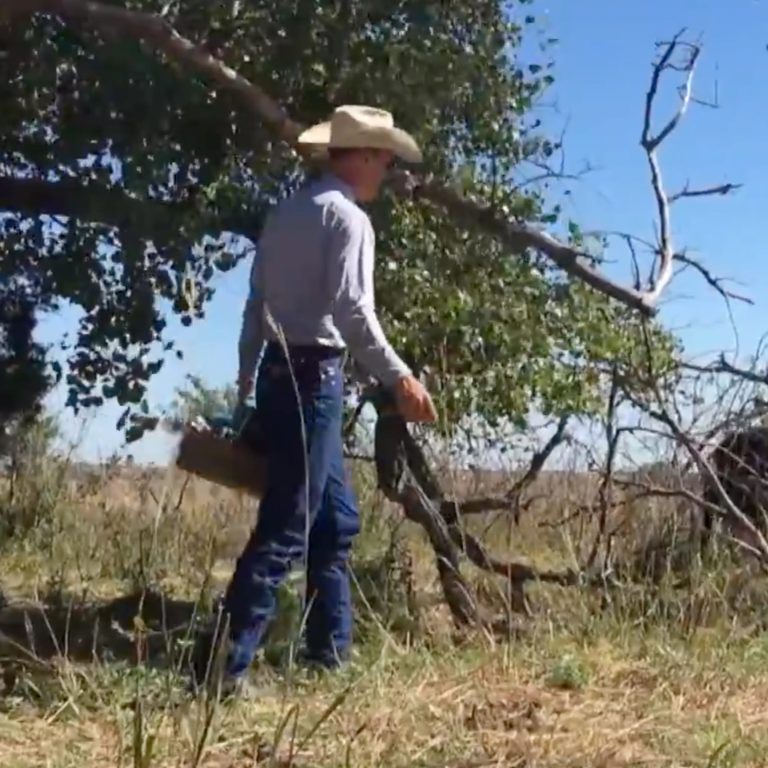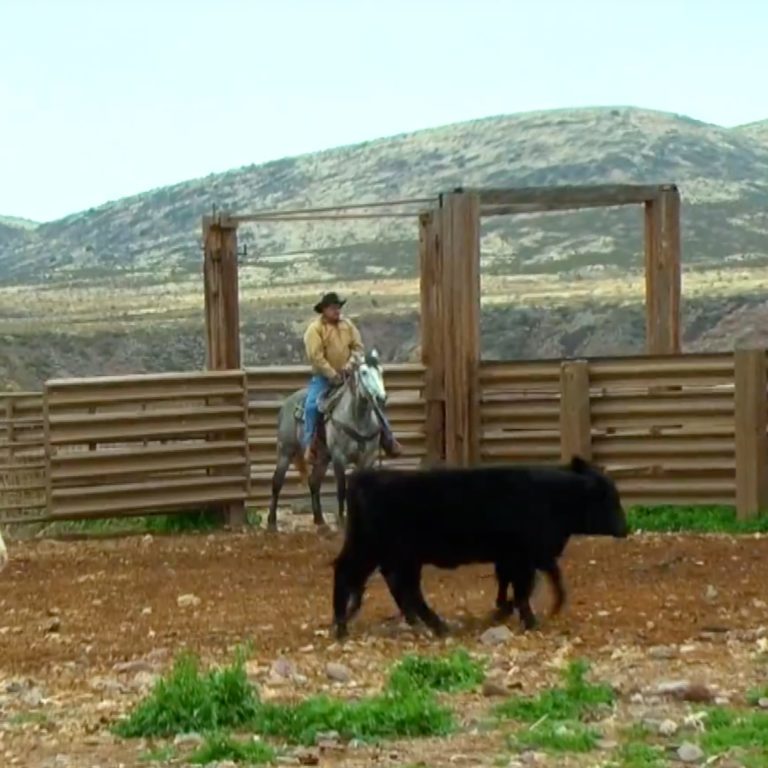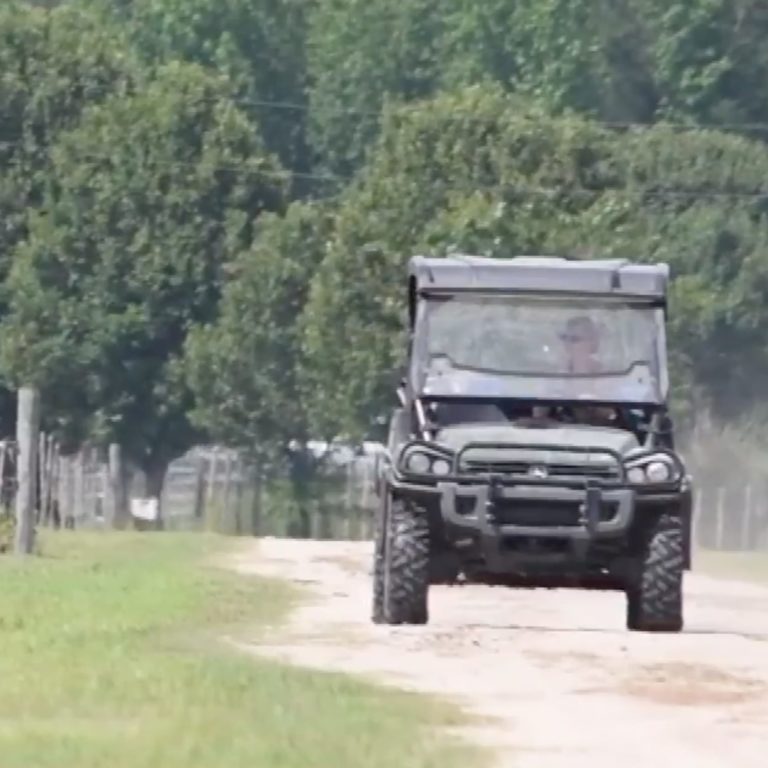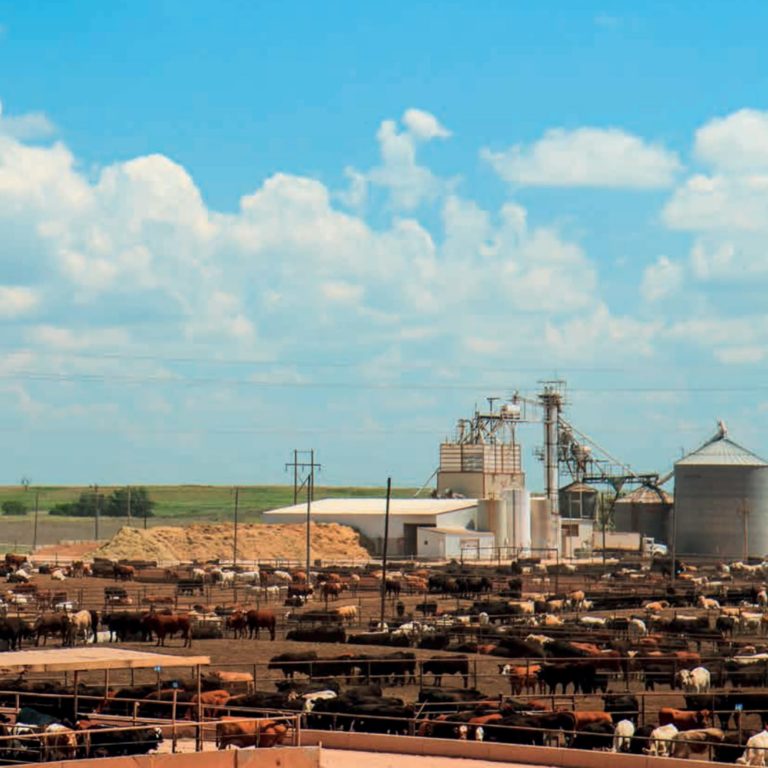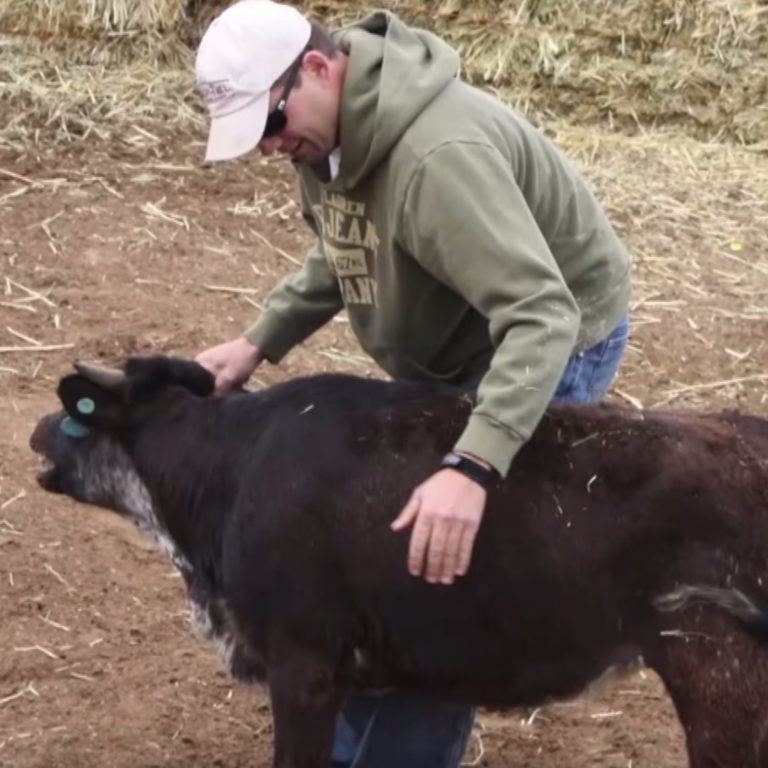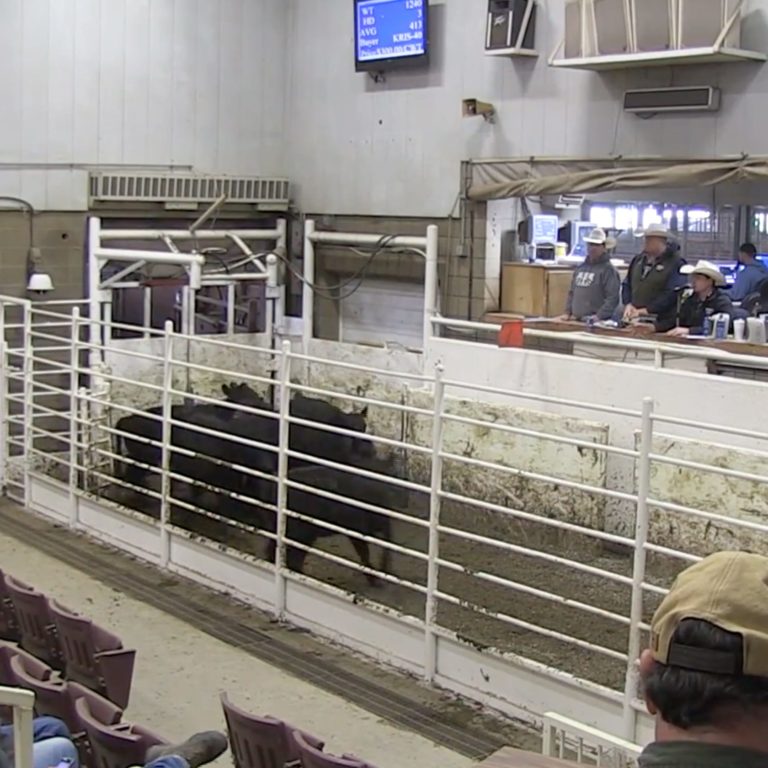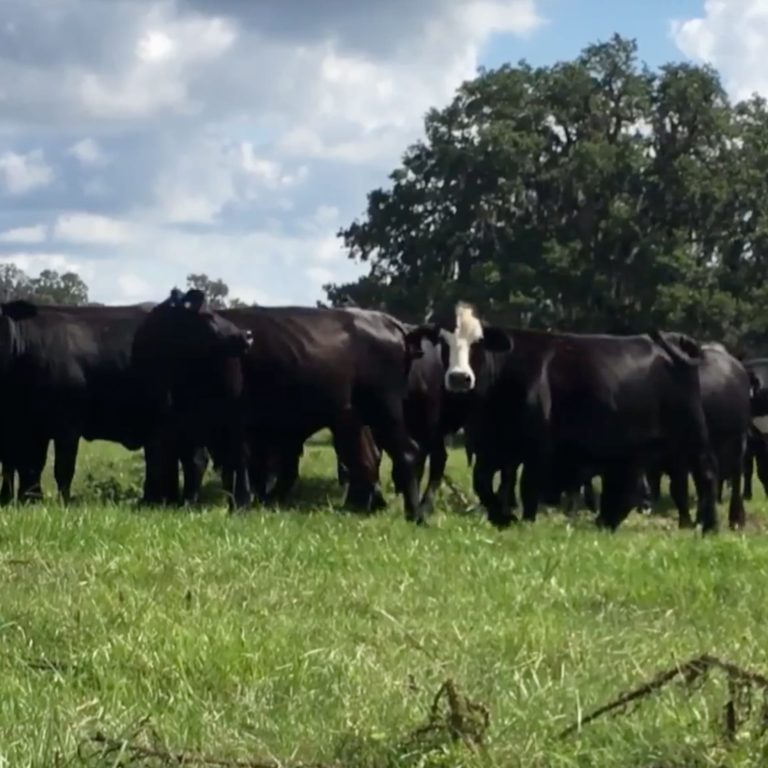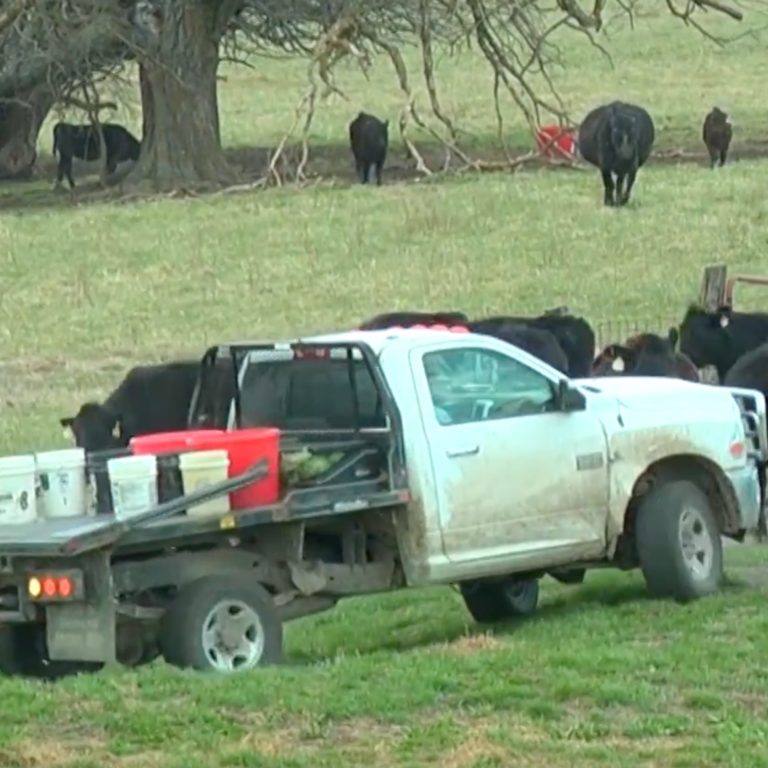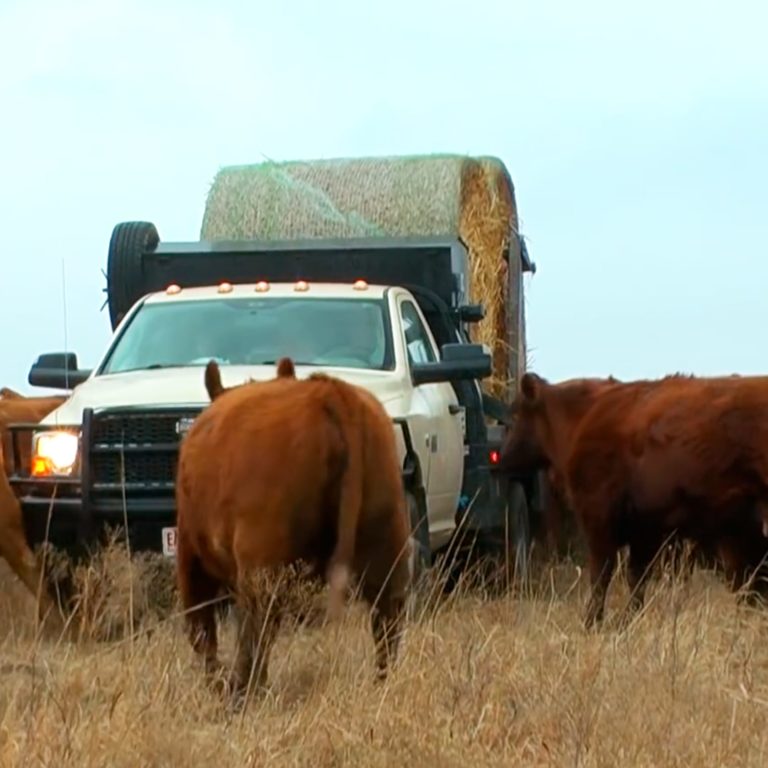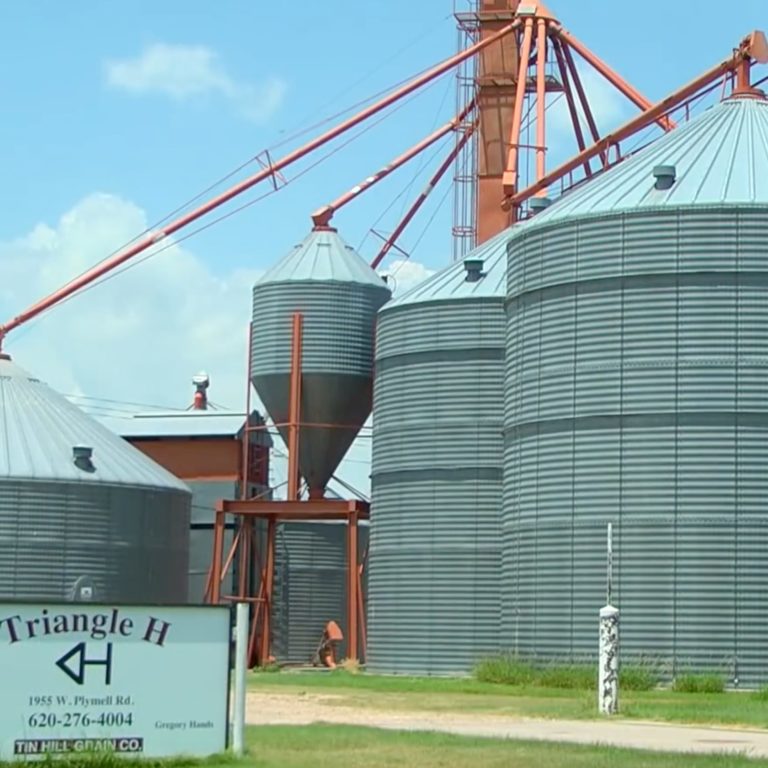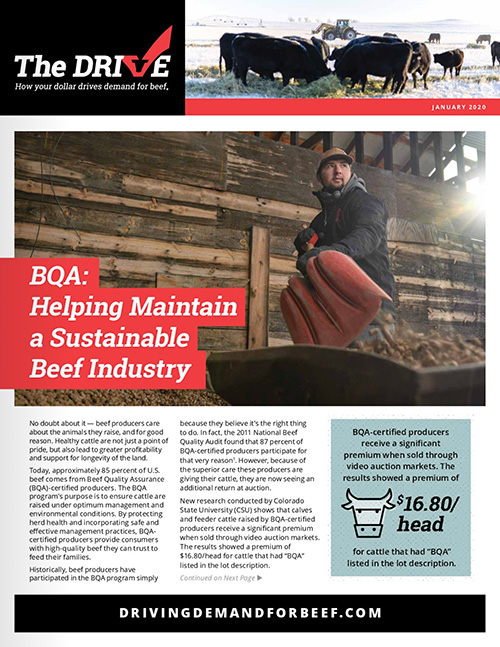Beef’s Lasting Influence on Food Safety
As many beef producers recall, the early ‘90s was a dark time for the beef industry. Few people had ever heard of E. coli back then, and no one ever thought that eating a hamburger could have deadly consequences. The alarming E. coli outbreak of 1993 at a national fast-food chain changed the way Americans eat. This tragic event and other industry challenges with pathogens prompted the Beef Checkoff to focus more on beef safety, resulting in Checkoff-funded research projects that not only changed the beef industry but were also pivotal in improving food safety across the meat industry.
A CHECKOFF-FUNDED TASK FORCE TACKLED E. COLI HEAD ON
In 1993, the Beef Checkoff funded a Blue-Ribbon Task Force, which developed an industry blueprint for managing the food safety risks from E. coli O157:H7. This task force, comprised of the best scientific and technical minds in the meat industry, analyzed the pertinent segments of the beef industry chain, reviewed public and private research findings, and drew on the expertise of industry, academia and government scientists to gain a thorough understanding E. coli O157:H7 and potential industry-wide solutions.
The Blue-Ribbon Task Force report was published in 1994 and recommended strategies to improve meat safety. Over the remainder of the decade, the Checkoff-funded Beef Safety Research Program focused on filling the scientific gaps identified by the task force for each sector. The program shared the results in targeted forums to ensure that beef industry decision makers were aware of the latest research results showing the pathogen’s mechanisms for survival and the first generation of effective interventions.
THE FOREFRONT OF DEVELOPING SOLUTIONS
During the 2000s, several ongoing Checkoff-funded studies evaluated interventions intended to reduce microbial contamination both on and inside animals. The Beef Checkoff’s research identified specific areas where the carcass contamination was most likely to occur, making it possible to better target contamination prevention efforts. Thanks to producers’ Beef Checkoff dollars, scientists were able to evaluate the occurrence and prevention of pathogens throughout the processing chain. These safety interventions were implemented on a large scale in processing facilities across the country and are still utilized in processing beef and other proteins. This Checkoff-funded research played a critical role in informing improvements in beef safety across the supply chain.
In 2007, the Center for Disease Control (CDC) set a goal to reduce infections from foodborne E. coli O157:H7 by 50 percent in 2010. This “Healthy People” goal was met in 2009 and would have been much less likely to happen without the research and efforts conducted by the beef industry.
WHERE WOULD WE BE TODAY?
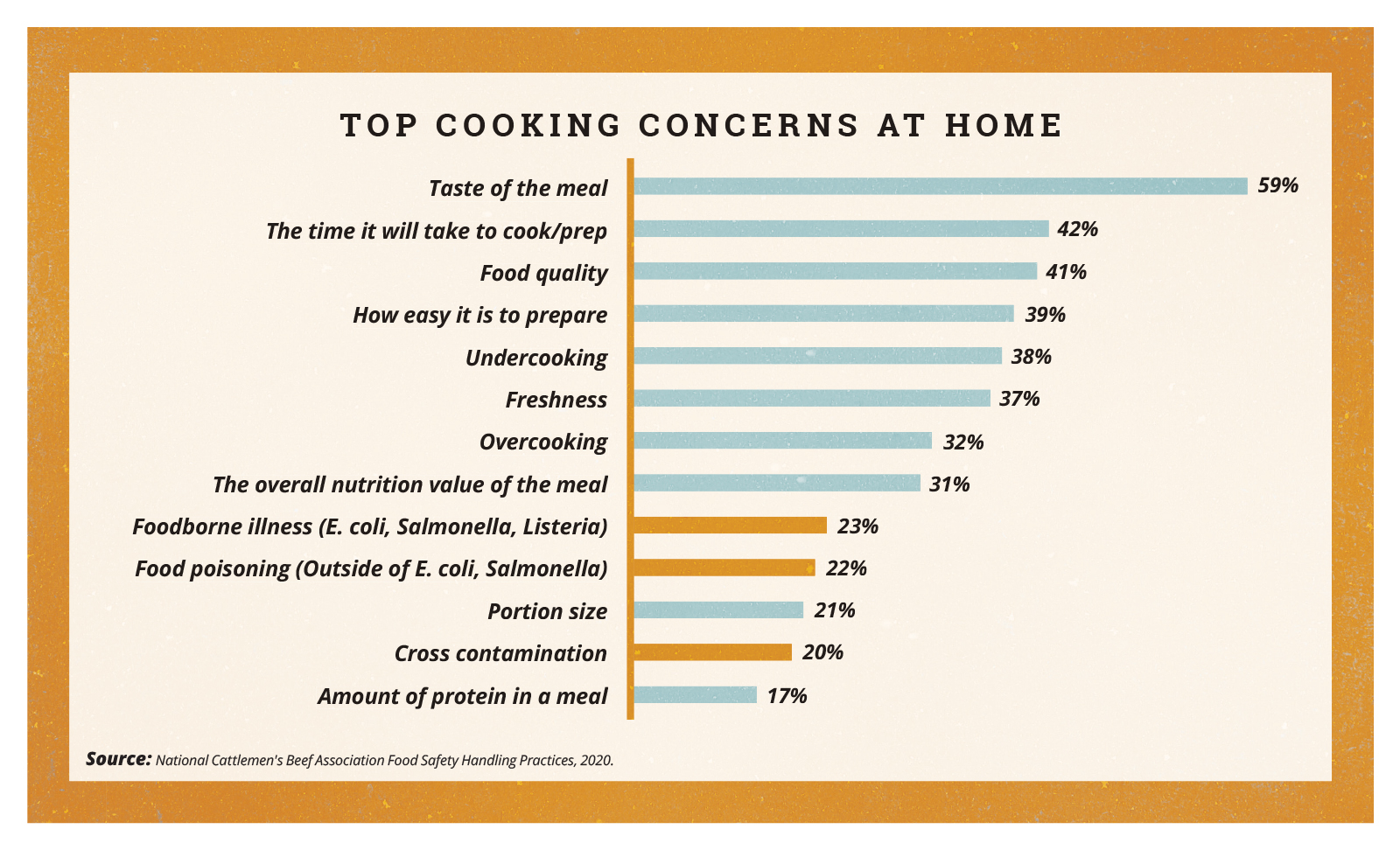 The Beef Checkoff played a pivotal role in ensuring the safety of beef products – and an important question to ask is, “Where would the industry be today if not for producers’ continued investments into the Beef Checkoff?”
The Beef Checkoff played a pivotal role in ensuring the safety of beef products – and an important question to ask is, “Where would the industry be today if not for producers’ continued investments into the Beef Checkoff?”
Research shows us that while beef safety is still of utmost importance to beef stakeholders, it’s less relevant to today’s consumers. Why do consumers feel this way? Because they are confident about the safety of the beef products they buy at the store and cook at home.
Ninety percent of consumers feel the beef they eat from the grocery store is safe, and of the top cooking concerns at home, foodborne illness is only concerning to 23 percent of consumers 1.
In April of 2020, a Checkoff-funded research project looked into consumers’ perceptions of food safety. Results showed in the context of other topics, interest in food safety is lower among consumers. Specifically, 32 percent of consumers are interested in learning about food safety handling practices, whereas roughly 60 percent are interested in other food-related topics such as recipes and cooking techniques2.
Today, the average American eats about 55 pounds of beef per year 3. This statistic conveys that because of consumers’ high levels of trust in beef safety – along with additional protein values – demand for beef remains strong. To continue to drive this demand, the Beef Checkoff pursues multiple projects and collaboration opportunities amongst industry leaders and scientists, so consumers have confidence in their purchasing decisions.
CONTINUED INNOVATION
To anticipate issues before they escalate into a crisis, Beef Checkoff foodborne contamination research has expanded to include other pathogens and will continue to evolve to address emerging issues.
Through the National Cattlemen’s Beef Association, a contractor to the Beef Checkoff, and in partnership with the Beef Industry Food Safety Council (BIFSCo) and other sponsors, a keystone event is held – the annual Beef Industry Safety Summit. For 19 years, industry safety leaders and scientists come together to hear the latest research results, learn about advancements in food safety monitoring and testing methodology, and openly converse with competitors seeking solutions that will benefit the entire industry. The summit continues to be a hallmark event for the industry to gather in a non-competitive forum and address beef safety challenges for the benefit of consumers everywhere. This event attracts hundreds of leaders and top decision makers in the beef safety business.
The Beef Checkoff’s Beef Safety Research Program will continue to focus on every step of the supply chain, beginning with the producer, all the way to the restaurant. With the support of this robust and comprehensive research program, the beef industry provides consumers worldwide with consistently safe beef products.
To learn more about the Beef Checkoff’s beef safety research program, visit: BeefSafetyResearch.com.
The Beef Checkoff program was established as part of the 1985 Farm Bill. The checkoff assesses $1 per head on the sale of live domestic and imported cattle, in addition to a comparable assessment on imported beef and beef products. States may retain up to 50 cents on the dollar and forward the other 50 cents per head to the Cattlemen’s Beef Promotion and Research Board, which administers the national checkoff program, subject to USDA approval.

